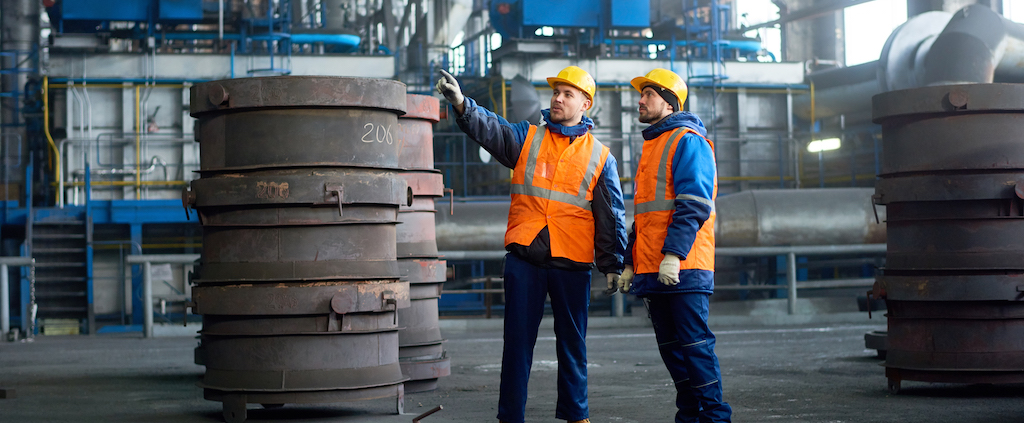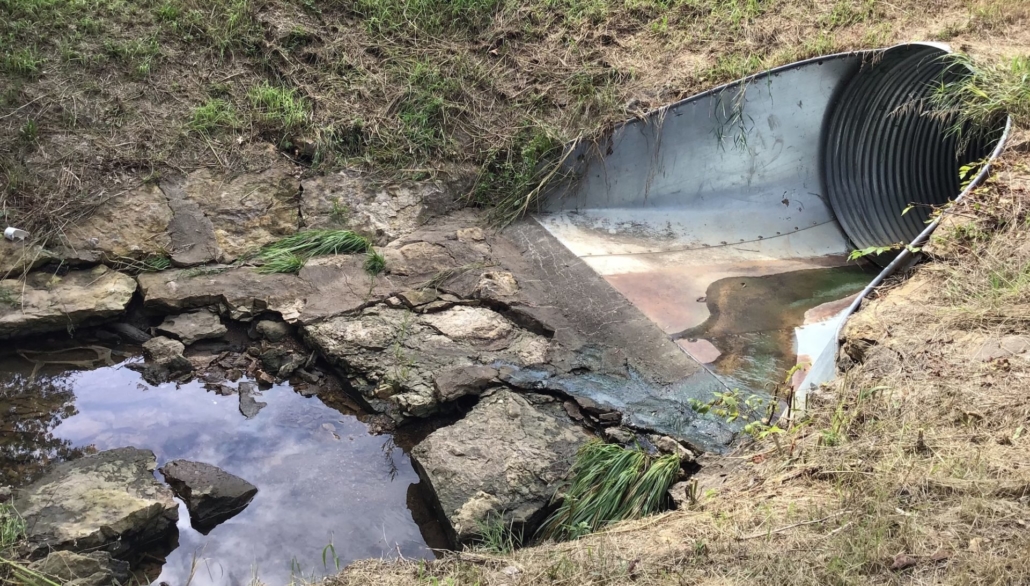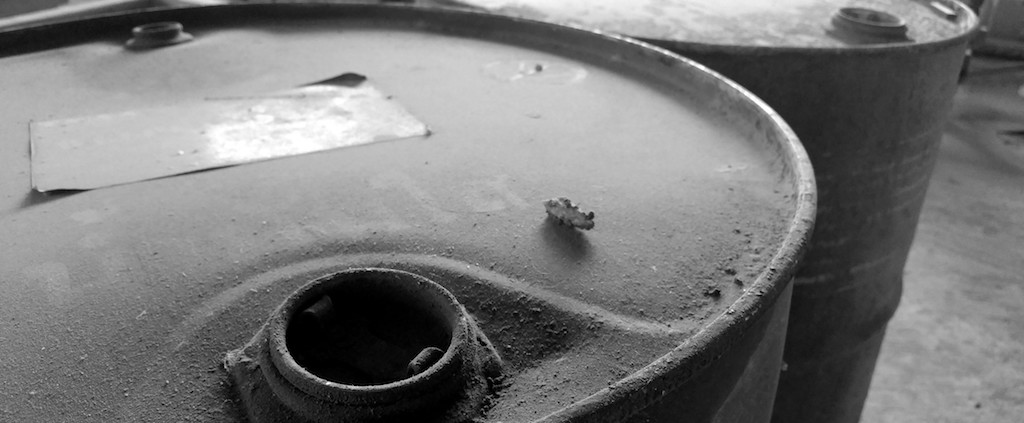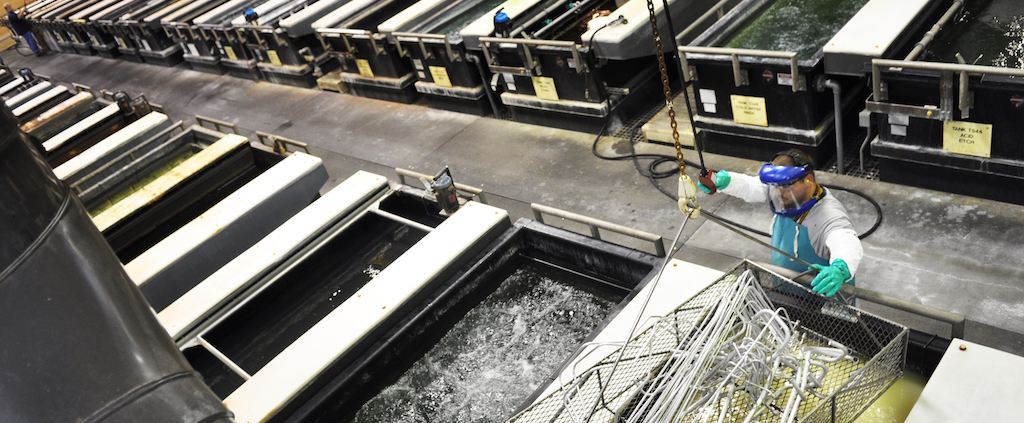Temporary/Contingent Worker Safety

The staffing, recruiting, and workforce solutions industry makes a vital contribution to the U.S. economy every year. It provides outstanding job and career opportunities for approximately 16 million employees annually. In 2013, the U.S. Occupational Safety and Health Administration (OSHA) launched its Temporary Worker Initiative (TWI) focused on compliance with health and safety requirements for […]
PFAS – An Addition to TRI

Basic Information PFAS are man-made, manufactured chemicals that are used in many industries around the world for a variety of consumer products (non-stick cookware, Teflon, dental floss, water-resistant clothing, paints, and many other commercial household products). Some of the more common PFAS chemicals include PFOA (Perfluorooctanoic Acid), PFOS (Perfluorooctane Sulfonate), and GenX. PFOA and PFOS […]
Stormwater Sample Collection and Logistics

Industrial facilities with stormwater permit coverage typically must conduct periodic stormwater sampling during a rain event. The most common type of stormwater permit for industrial activities is a Multi-Sector General Stormwater Permit (MSGP). The stormwater sampling parameters and frequency are often state-specific and dependent on the type of industrial activity occurring onsite. State MSGPs require […]
OSHA’s Top 10 for 2019

Introduction Every year, OSHA publishes a list of the Top 10 Most Cited Violations from the fiscal year across general industry and construction standards. Even with increased attention to health and safety in the workplace, the Top 10 has many constants year after year. Complex standards lead to a direct relationship between the Top 10 […]
Hazardous Material Storage Reports with Non-Federal Thresholds

Background Hazardous materials storage reporting, or more commonly referred to as Tier II, is an annual report that was instated by the EPA through the Emergency Planning and Community Right-to-Know Act (EPCRA) under the Superfund Amendments Reauthorization Act (SARA) Title III in 1986. SARA Title III is a statute designed to improve community access to […]
Preparing Your OSHA Logs – An Overview

Employers with 10 or more employees are required to prepare and maintain regular records of serious occupational injuries and illnesses using the OSHA 300 Logs unless they are deemed a low-risk exemption by OSHA. This information helps employers, workers, and OSHA in evaluating the safety of a workplace, understanding its possible hazards, and implementing worker […]
Forklifts in the Workplace – Protecting the Pedestrian

Forklifts and other powered industrial trucks frequently operate in the same areas as pedestrians and workers. Far too often, close calls or near misses occur when both forklift operators and pedestrians become complacent in their surroundings. This contributes to over 100 fatalities and 90,000 injuries annually in the workplace. Over 20 percent of forklift accidents […]
EPA Finalizes RMP Reconsideration Rule

On November 20, 2019, the U.S. Environmental Protection Agency (EPA) signed the Risk Management Program (RMP) Reconsideration Rule as a result of three petitions submitted to reconsider the RMP regulations mandated in 2017. According to the EPA, this new rule rescinds and modifies certain revisions in order to “better address potential security risks, reduce unnecessary […]
EPA’s Biennial Report – What You Need to Know

The EPA’s March 1 Biennial Reporting deadline is coming up faster than one might realize, which means Large Quantity Generators (LQGs) of hazardous waste should start preparing for what they will need to complete the report. The Biennial Report, more formally known as the National Biennial RCRA Hazardous Waste Report, is a requirement under Section […]
Assessing Wastewaters from Metal Finishing Operations for EPA Categorical Standards

Under the Clean Water Act, the EPA put the Metal Finishing Categorical Pretreatment Standards into effect on July 15, 1983, as 40 CFR Part 433. The regulations cover wastewater discharges from a wide variety of industries performing various metal finishing operations. More specifically, the metal finishing operations applicable to the standard mostly involve the process […]
